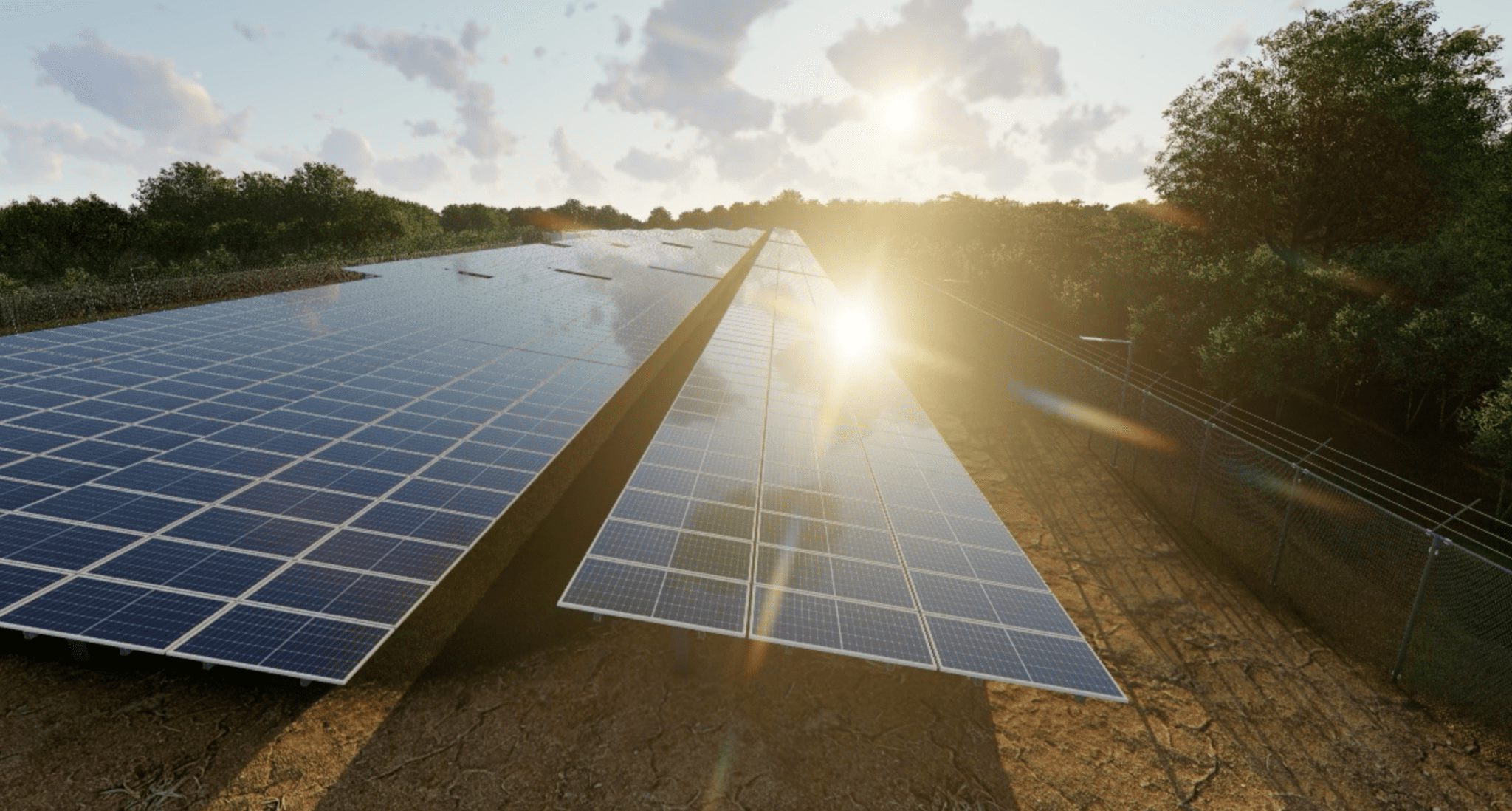Guyana is set to make significant strides in its renewable energy sector, thanks to $83.3 million in funding from the Norwegian Agency for Development Cooperation (NORAD) for the Guyana Utility Scale Solar Photovoltaic Program (GUYSOL). The funding is being administered by the Inter-American Development Bank (IDB) under an Administration Agreement entered into with NORAD.
The program will see the construction of 33 MWp of solar PV plants with battery energy storage systems across the country. The expenditures for the project include electrical interconnection and battery optimisation assessments for the Berbice, Linden, and Essequibo PV programs, topographic surveys, geotechnical analysis, and flood risk assessments for all project sites, and environmental and social assessment consultancy.
The projects are disaggregated as follows: 10 MWp of generation capacity connected to the Demerara-Berbice interconnected system (DBIS) in the Berbice area; 8 MWp in the Essequibo Coast isolated system including a battery energy storage system (BESS) with a minimum capacity of 12 MWh and 15 MWp connected to the Linden Isolated System inclusive of a BESS with a minimum capacity of 22 MWh.
Each facility will be connected to the 13.8 kilovolt primary distribution network in their respective areas.
The projects are expected to benefit 265,000 customers.
The project will cost US$81.7 million, and the IDB will charge and retain a non-refundable administrative fee of US$1.6 million from NORAD’s contribution to assist in the defrayment of the administrative costs in relation to the program.
The installation of these solar PV power plants in Guyana will contribute to the diversification of the energy matrix in the country towards a cleaner electricity generation base.
It will also partially displace the use of fossil fuels for electricity generation and contribute to climate change mitigation with the reduction of CO2 emissions. The use of renewable energy sources is particularly important for Guyana, as most of its population is situated on the low coastal plain of South America, which is vulnerable to the effects of climate change, including sea-level rise and increased rainfall intensity during the wet season.



